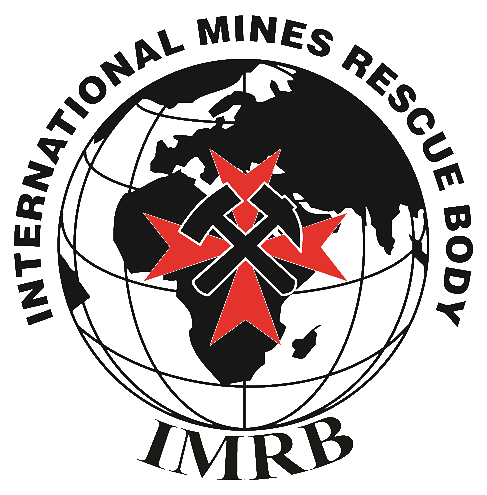OUR HISTORY
The deaths of six mine rescuers in February 1998 to heat stress at the Niwka-Modrejow coal mine in southern Poland led to the birth of the International Mines Rescue Body.
Determined to understand and prevent the tragedy from reoccurring, Polish mining officials hosted a conference in Bytom, near the site of the catastrophe, in May 2000 to discuss mine rescue procedures and research in harsh microclimates.
At the conference, participants discussed the need for additional international cooperation on mine rescue issues and developed a proposal to establish an on-going international mine rescue organization.
A year later in May 2001, this time in Ustron-Jaszowiec, Poland hosted a three-day international conference to review technical papers on mine rescue and to discuss the function and form of an international organisation.
Participants briefly discussed and discarded the possibility of creating an “international rescue team” capable of responding to mining and civil disasters in participating countries. Instead, they preferred the concept of an International Mines Rescue Body (IMRB) to promote the exchange of information between the mine rescue services of different countries.
The purpose of the IMRB is to promote mine rescue operations at the international level and to improve mine rescue knowledge and practices through global cooperation. According to the IMRB regulations, these measures will be achieved by:
- An exchange of information on the organization of mines rescue services in different countries
- An exchange of information on mines rescue activities
- An exchange of information on methods and principles of mines rescue training
- An exchange of information on mines rescue technical equipment
- Preparation of material for the international mines rescue website
- Transfer of information of common interest between IMRB members
- Organize mines rescue demonstrations in the conference host country
Poland, Romania, Czech Republic, Slovakia, France, United Kingdom, Australia, United States, and South Africa, agreed to share information about their organizations, methods of training, rescue techniques and equipment, and became the first signatory nations of the IMRB.
The participating rescue services agreed to meet every two years in a different country with South Africa and Australia volunteering to host the next two conferences.
In Johannesburg, South Africa, in 2003 IMRB members agreed that only mine rescue organizations responsible for training brigadesmen, mobilizing mine rescue teams, and co-ordinating rescue capabilities would be entitled to membership, and though some countries may be represented by more than one organization, each country would have only one vote.
Mine rescue organizations from Canada, China, Germany, India and the Ukraine joined that year, followed by New Zealand and Norway during the 2005 conference that was held in Sydney, Australia, while Austria, Mongolia, Russia, Vietnam, and Zambia joined during the 2011 conference in Beijing, China.
The Czech-designed IMRB logo and flag was adopted by the organization at the 2009 conference in Ostrava and Prague.
Since its founding, the International Mines Rescue Body’s biennial conferences have charted and marked the growth and development not only of the organization, but also of mine rescue organizations around the world as they share knowledge and vision required to improve mining safety.
